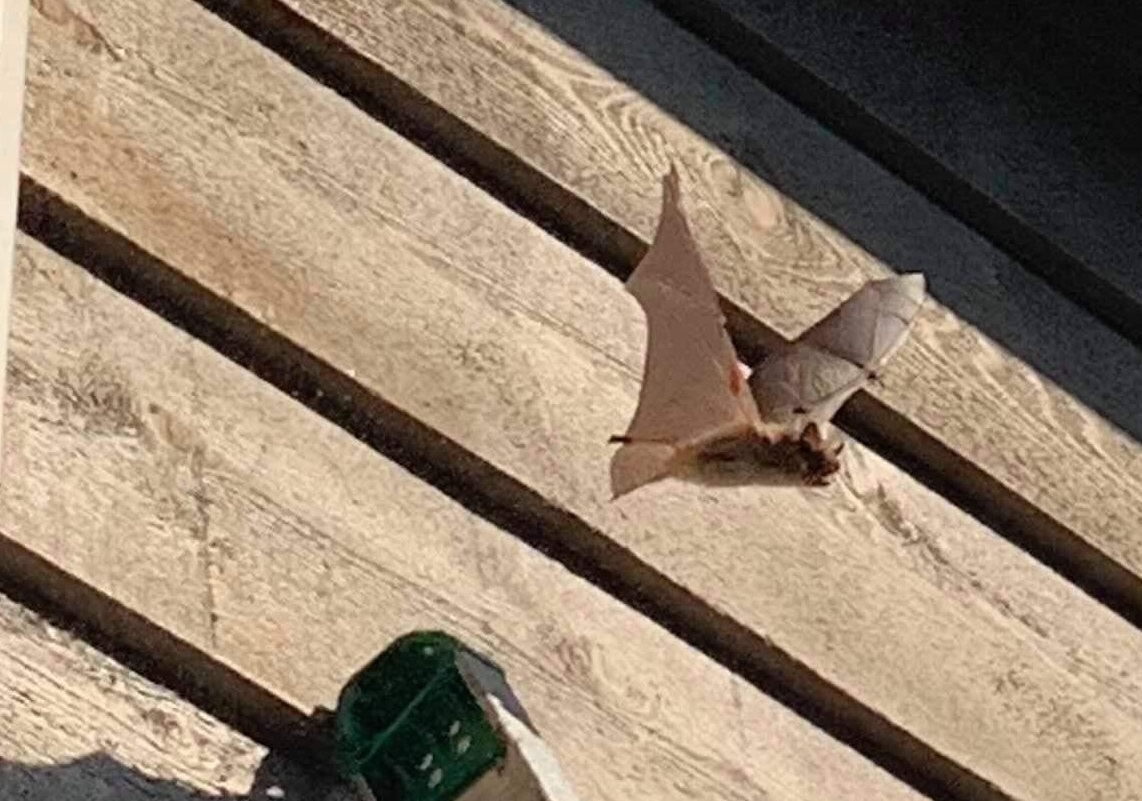Bats have a bad reputation. Maybe it’s because they’re associated with Halloween and spooky stories, maybe it’s due to their association with caves and the darkness of the night. Another possibility is the relationship between vampires and bats. Realistically, bats are a low risk to humans – most don’t bother people and will avoid human interaction if they can. Although there is a concern that the flying rodents transmit rabies, it’s more likely that a bat would bite an animal that could give humans rabies. Still, if you find a bat in your home, you should call a professional bat removal service in Madison to protect you against potential problems.
How Do Bats Benefit the Ecosystem?
The bat’s negative reputation is not well-deserved. These small mammals that are the only ones capable of sustained flight are very beneficial in the agricultural community. Bats eat insects. Many specifically feed on pests that damage crops, such as cotton bollworm moths or corn earworms. Cotton bollworm moths can cause millions of dollars of damage each year to cotton crops, which is one of America’s biggest exports. Bats reduce reliance on pesticides, which benefits future crops by not harming the soil and other plants. Here in Wisconsin, a little brown bat can eat over 1,000 mosquitoes in an hour.
Bats that feed on nectar or fruit are pollinators and seed dispersers. Many plants rely on bats to pollinate them for fruit production. Over 450 commercial plants, including bananas, almonds, vanilla and the agave plant, depend on these animals for a good harvest. Bats do their work at night, which may contribute to their creepy reputation, but they are good for the economy and for the environment.
What’s Happening to Bats in Wisconsin?
According to scientists, the bat population in Wisconsin is decreasing. Technically, it’s happening across the United States, but for the purposes of this article, we’re focusing on our state. White-nose syndrome (WNS) is a fungal infection that is killing bats, specifically the common Wisconsin-found little brown bat. The Wisconsin Bat Program reports a 72% or more decrease in bat population since 2007 when WNS was first discovered in the state. There is no cure for the fungus. Scientists are working on tracking the problem to keep bats healthy, but more work is needed to prevent the loss of bats.
What Is Humane Bat Removal?
 With bat populations facing widespread threats to their habitats, it’s important to take care of bats when they are found outside of their homes. If you discover one in your home, an experienced professional should handle the eviction, since it is illegal to kill bats in Wisconsin. During certain times of the year, exclusions are prohibited to protect the baby bats who cannot yet fly.
With bat populations facing widespread threats to their habitats, it’s important to take care of bats when they are found outside of their homes. If you discover one in your home, an experienced professional should handle the eviction, since it is illegal to kill bats in Wisconsin. During certain times of the year, exclusions are prohibited to protect the baby bats who cannot yet fly.
Bats are nocturnal creatures, which means you may not know you have a bat in your home until nighttime. If you find one flying around, it’s best to close the room off and contact a professional to remove the bat in the daylight. You should never try to capture a bat or use repellents that might harm it. According to the Wisconsin Department of Natural Resources, any attempts to discourage bats from roosting must not harm or cause death to the animals.
Humane removal of bats is important for many reasons. First, captured bats should be tested for rabies or WNS before release into the wild. They are a protected species, so professionals know how to remove bats without harming them or the bat population.
Once the animal has been removed from your home, you should consult with the removal team to ensure that no more have taken up residence. There are certain requirements in Wisconsin for preventing bats from roosting. Your professional bat removal team in Madison will make sure that you stay within the law to protect your family while protecting the bats. Contact Skedaddle Humane Wildlife Control for more information about bat removal.




